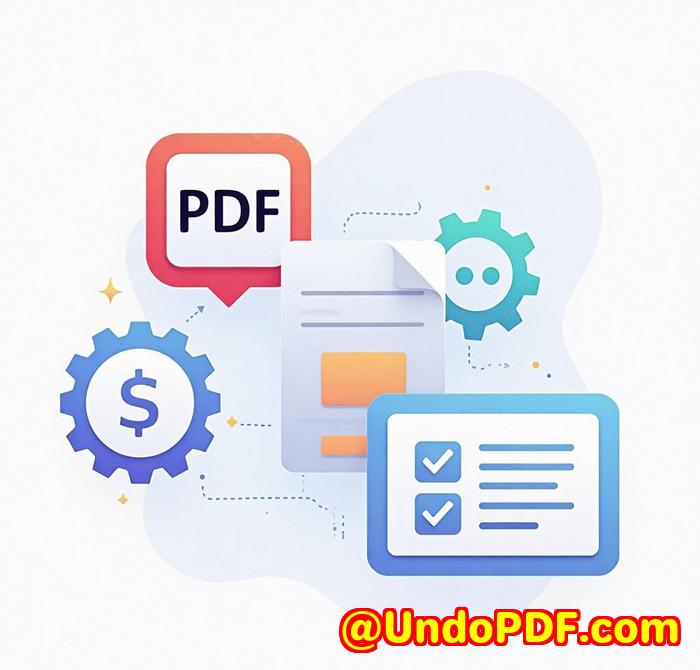VeryPDF JavaScript PDF Annotator vs Smallpdf: Better Developer Control and Integration
Every Monday morning, I used to cringe at the thought of shoehorning PDF annotations into a clunky plugin that never quite behaved how I wanted.
I’d wrestle with limited APIs, inconsistent rendering and, worst of all, zero sourcecode access.
Sound familiar?
Developers often feel boxedin by annotation tools that lack flexibility and transparency.
I stumbled upon VeryPDF JavaScript PDF Annotator Source Code License while hunting for a solution that let me truly tailor the annotation experience.

Why I Switched from Smallpdf to VeryPDF
I’d been happy enough with Smallpdf’s annotation featuresuntil I hit a wall.
I couldn’t customise the UI, automate workflows or fix rendering quirks in Chrome.
Enter VeryPDF’s HTML5 PDF Annotator:
-
Full sourcecode license means I can tweak annotation tools down to the last line.
-
HTML5onlyno Java or Flashso performance is rocksolid on desktop and mobile.
-
Crossplatform support: Windows, Mac, Linux, iOS, Android, any browser.
Key Features That Won Me Over
1. Comprehensive Annotation API
I needed to build a collaborative review module.
VeryPDF’s API lets me:
-
Add text, highlight, strikeout, polylines and even area comments.
-
Remove or “burn in” annotations serverside via REST API calls.
-
Layer multiple users’ markups and toggle visibility.
In one project, colleagues and I marked up draft contracts simultaneously, each layer colourcoded by user.
It was seamless, thanks to the ability to manipulate JSONbased annotation objects.
2. Support for 50+ File Types
Smallpdf mostly handles PDFs and Office docs.
VeryPDF goes further: CAD files, Visio diagrams, every common raster image.
That meant I could annotate a TIFF scan of a blueprint without converting formats first.
Time saved: hours per week.
3. Customisable Viewer and UI
I needed a darkmode, mobilefirst interface that felt native to our app.
By tweaking the source code, I:
-
Reskinned the toolbar, adding only the icons we needed.
-
Disabled default emailshare buttons, integrating our own Slack webhook instead.
-
Finetuned zoom controls and thumbnail behaviour for faster navigation on tablets.
RealWorld Integration Example
At my last gig, our app let field engineers annotate safety manuals on rugged tablets.
Using VeryPDF’s REST API, we:
-
Loaded a PDF manual in the browser.
-
Pulled existing annotations from our server.
-
Pushed new annotations back as JSON for storage.
No more manual export/importannotations synced in real time.
Compare that with Smallpdf’s manual download step, and the difference was night and day.
Core Advantages Over Competitors
-
Unrestricted source access no blackbox surprises.
-
Pluginfree browser support faster load times, fewer security issues.
-
Serverside annotation processing automate annotation flattening, versioning and PDF export.
-
True crossformat support annotate DOCX, DWG, PPTX and more without juggling converters.
Summary and Recommendation
I’ve shipped hundreds of annotation features across web and mobile platforms.
VeryPDF JavaScript PDF Annotator Source Code License is hands down the most developerfriendly.
It solves common pain points: custom UI needs, workflow automation and deep integration.
If you’re building anything that relies on robust, flexible annotation, I’d highly recommend this to anyone who deals with large volumes of mixedformat documents.
Click here to try it out for yourself: https://veryutils.com/html5-pdf-annotation-source-code-license
Custom Development Services by VeryPDF
VeryPDF offers tailored development for all your documentprocessing needs.
Whether you’re on Linux, macOS, Windows or serverside environments, we’ve got you covered.
Our expertise spans:
-
Languages & APIs: Python, PHP, C/C++, Windows API, JavaScript, .NET, HTML5.
-
Virtual Printer Drivers: Generate PDF, EMF, PCL, TIFF, JPG from Windows printers.
-
PrinterJob Capture: Intercept and save print streams for auditing or archiving.
-
Document Analysis: Barcode recognition, OCR table extraction, layout analysis.
-
Cloud & Security: Digital signatures, DRM protection, TrueType font handling.
Need something bespoke?
Get in touch via http://support.verypdf.com/ and let’s discuss your project.
FAQ
Q: Can I customise the annotation toolbar?
A: Yesyou get full sourcecode access to add, remove or restyle every UI element.
Q: Does it support mobile browsers?
A: Absolutely. It runs on Chrome, Safari, Firefox and Edge on iOS and Android.
Q: How do I automate burning annotations into a final PDF?
A: Use the REST API’s “burn in” endpoint to flatten annotations serverside.
Q: What file formats are supported?
A: Over 50, including PDF, Office docs, CAD files and raster images like TIFF or JPG.
Q: Is there ongoing support and updates?
A: YesVeryPDF provides maintenance and custom development services to keep your integration running smoothly.
Tags or keywords
-
JavaScript PDF Annotator
-
HTML5 PDF annotation
-
Developer PDF integration
-
Source code license PDF tool
-
Annotate CAD and images